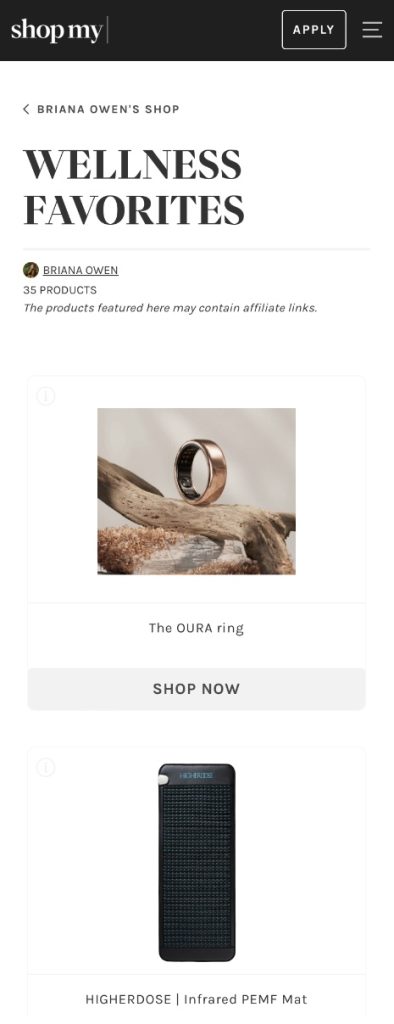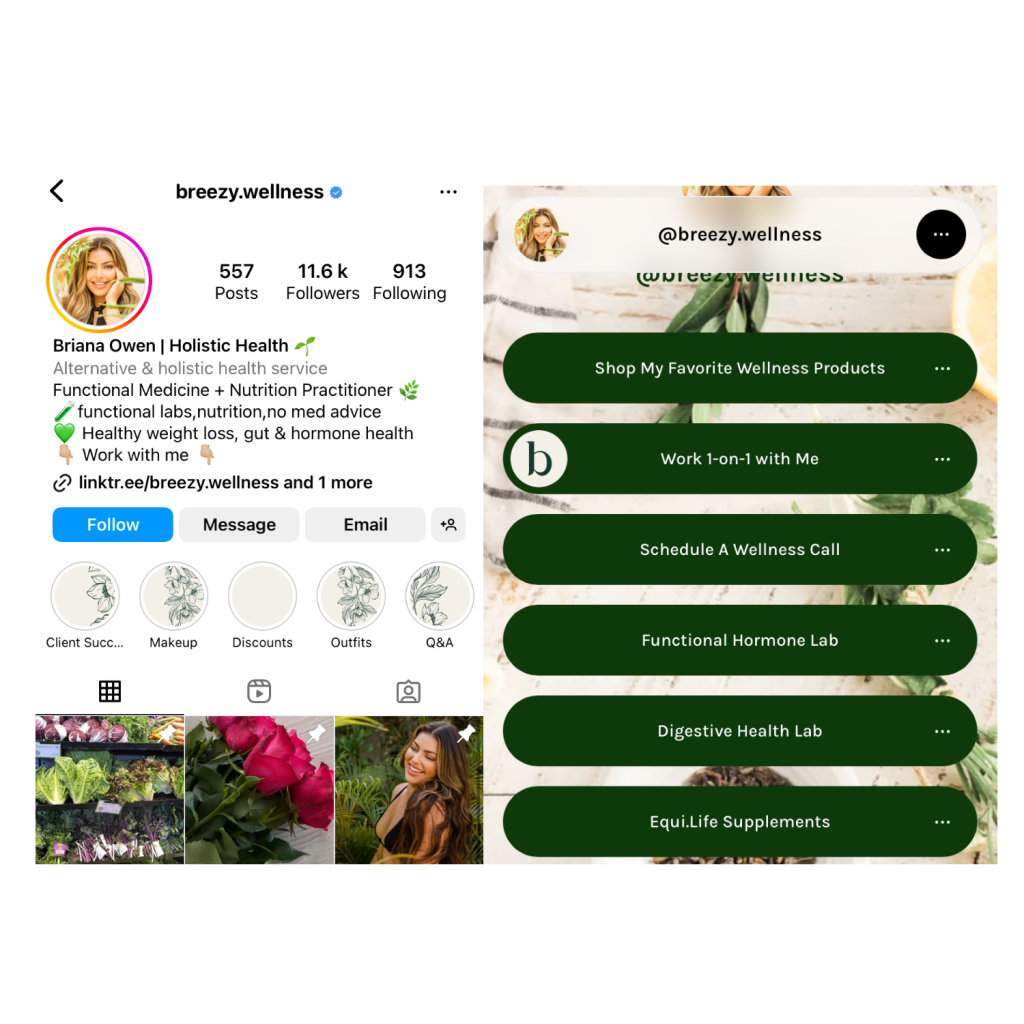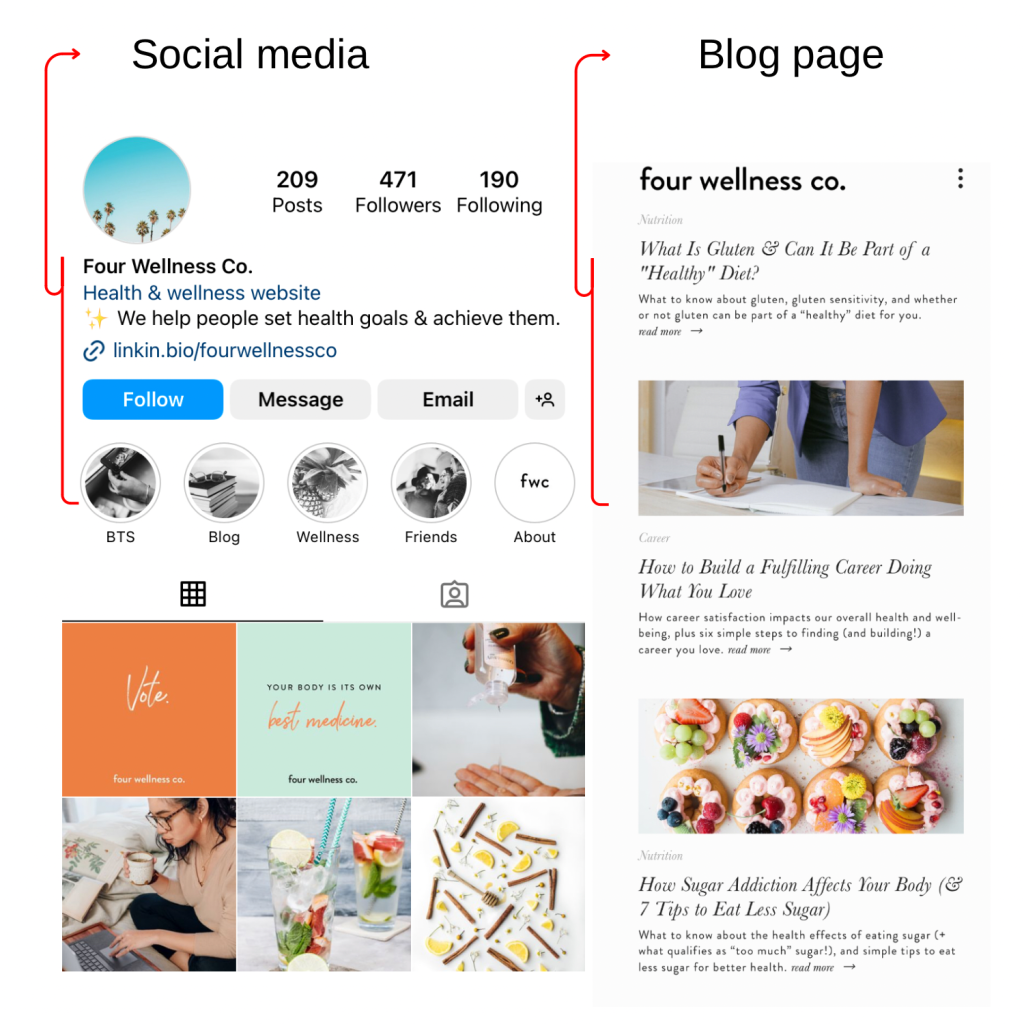5 Effective Wellness Marketing Tactics in 2024
A report by the Global Wellness Institute predicts that the wellness market will be valued at $8.5 trillion by 2027. This is primarily a result of the marketing growth over the past few years. As of 2022, it was valid at $5.6 trillion, 14% higher than what we had in 2019. That’s why it’s hardly surprising that there’s a wave of wellness services across the digital space today. For instance, if you look through social media today, you’ll find many fitness coaches, nutritionists, and even wellness coaches churning out content to capture potential clients. While sharing relevant content is vital, a more holistic approach to wellness marketing is more profitable. To that effect, we’ve put this thorough guide together. Keep reading if you’re ready to boost your marketing game as a wellness professional.
What Is Wellness Marketing?
The wellness market typically includes professionals in fitness, beauty, personal care, nutrition, mental wellness, workplace wellness, and similar practices. These professionals can use different tactics, such as social media, online advertising, or email marketing, to reach potential clients. That’s what wellness marketing is all about.
Wellness marketing is the process of promoting and selling products or services that help people improve their physical, mental, or emotional well-being. The aim is to attract and appeal to prospects seeking ways to improve their wellness.
5 Effective Wellness Marketing Tactics in 2024
We’ll discuss five major wellness marketing strategies to adopt if you want to gain more clients in 2024.
1. Use Digital Channels
As a wellness professional, you can use digital channels to expand your reach and showcase your expertise. Especially since the online space is littered with billions of users. Social media, for one, has about 4.95 billion users. There are a lot of potential customers waiting for you to reach them.
So, how about using digital platforms to connect with your target audience through content marketing campaigns?
The digital platforms you can take advantage of include
- Your website
- Blog
- Podcast
- External websites, and so on.
The strategy is to share valuable content with your target market online– this content can be entertaining, educational, or informative. Like the Four Wellness Co. below, you can have a blog and social media page to share quality content with your target audience.
Tip: If you don’t yet have a professional website, tools like Weblium can help you build one quickly, even without coding experience. Weblium offers customizable templates tailored to wellness professionals—perfect for blogs, landing pages, or online consultation booking pages.
Additionally, you can create a landing page that tells potential clients all about your products or services. This landing page will typically include a specific call to action. For instance, subscribing to your email list, buying a particular product, or booking a session with you. For example, Briana Owen, a functional medicine and nutrition practitioner, has a dedicated landing page for her wellness products.

Once you have an attractive landing page, use other digital channels, such as social media, online directories, or external websites, to attract attention and direct prospects to it. See how Briana Owens uses her Instagram profile to promote multiple landing pages for her wellness products and services.

For social media platforms, ensure you use one right for your wellness company. This would typically depend on your type of services or products— and the audience you serve.
LinkedIn, for instance, attracts corporate professionals, so it’s a platform that works if you’re a workplace wellness coach. TikTok tilts towards a younger audience— mostly Gen Zs (aged 18-24) and millennials (aged 25-34), so it’s a platform to choose if that’s your target market.
Digital platforms are tools for showcasing your products or services and can help you gather valuable feedback, testimonials, and reviews. You can use this feedback to improve your marketing efforts and online presence.
2. Build a Community
Once you set up your digital platforms, you should build a community. With a vibrant community, you can turn observers into loyal customers and brand advocates. Your online community can also be very helpful in spreading the word about your wellness products or services. For instance, enthusiastic Instagram or TikTok followers can easily tell friends and family about you, giving you more visibility.
To build a tight community, be intentional about nurturing your audience. We already mentioned sharing valuable content. So, add to that by dedicating time to interact with your audience. You can respond to their comments, host live sessions and other events where they can ask you questions, or run contests to get more TikTok followers. Doing all of that can help you build a thriving community.
See how Peloton engages its X (formerly Twitter) followers using a poll:

Remember to adhere to community guidelines your social media channels recommend and encourage your followers to do the same. You can also take advantage of more focused social networks like Discord, Slack, Telegram, or WhatsApp to create a smaller community where participants can interact with and even support each other.
Another option would be to have an online forum on your website for the same purpose. In such cases, you should also create clear guidelines to keep your online community positive and welcoming.
3. Offer Free Trials
Offering free trials can help attract new customers, generate leads, or improve your conversion rate—the number of people who perform a desired action, such as signing up, buying a wellness product, booking a session, or downloading your wellness ebook.
Free trials can also help you earn the trust of wellness consumers who may not yet be convinced about your brand. You’ll be using the opportunity to show them the benefits and features of your products or services.
Offering a free trial might appeal to prospective clients because they do not have to incur any expenses or make a monetary commitment. You can offer free trials for a limited period– one week or one month. Alo move, for example, provides a free trial to potential clients for 14 days:

For digital wellness products like meditation apps or curated coaching plans, you can also give prospects an option to upgrade to a paid plan – the same strategy could work if you’re a subscription-based e-commerce wellness brand. You can offer a free consultation if you’re a fitness or wellness coach.
4. Collaborate with Influencers
An influencer has built a reputation within a specific niche or community and has a significant following. According to Hubspot, 71% of marketers say influencer marketing provides better-quality leads than lead-generation sources.
Preferably, you may want to work with micro-influencers. These micro—influencers usually have followers ranging from 1,000 to 100,000 and tend to have a more engaged audience.
Additionally, statistics show that 82% of consumers are more likely to buy a product that a micro-influencer recommends. Micro-influencers may also be more accessible to reach than macro-influencers. Tools like Fourstarzz Media or Upfluence can help you find influencers to work with.
How do you collaborate with influencers to reach a larger audience?
First, you can send them your products or offer services in exchange for their honest review, a testimonial, or a brand shout-out. The products or services could be for free or at a discount.
You can also work with influencers by sponsoring content— blog posts, social media posts, or podcasts, where they recommend or talk about your product or services. The example below is a paid partnership between the wellness resort Absolute Sanctus and wellness travel influencer @sherisessg:

Another way to engage an influencer is to host giveaways, contests, or events where they can promote your products and services to their audience.
When choosing an influencer, consider their relevance to your core audience. You want to work with someone who fits your ideal customer profile. Since you’re a wellness professional, it’s also important to choose an influencer who understands your industry or niche—this way, it can be easier for the influencers to present your brand or product to their audience properly.
5. Reach Out to Complementary Brands
These brands offer related products or services but do not compete with your wellness business. Working with complementary brands is one way to create a mutually beneficial partnership and expand your client base. For instance, if you own a spa, you can collaborate with a wellness coach so that they can refer customers to you.
You can work with complementary brands by exchanging referrals or leads. You can also create joint offers or product bundles— be sure to discuss how profits from these collaborations are shared. For example, In Touch by Mary is a massage therapy brand, and Coastal Thyme is a wellness clinic. So, they collaborate to create the service bundle that you see in the image below:

For referrals, consider offering an incentive to customers from the brand you’ve chosen to collaborate with. This can also help you entice the prospects. You can also co-host webinars or live sessions. Or co-publish podcasts, social media content, or blog posts.
When collaborating with other brands, you want to align your interests. Ensure that both parties are as transparent as possible and establish clear communication channels so frequent updates are easy to maintain throughout the collaboration process.
Conclusion
As a business owner or professional in the wellness space, your marketing efforts should be foolproof, especially since it’s how you attract potential clients and grow your wellness practice. We’ve looked at five effective wellness marketing strategies to adopt in 2024. Here’s a quick recap: First, use digital channels like your website, social media, and other platforms to connect with your target audience. Next, build a community by nurturing the audience you attract.
Additionally, offer free trials to boost your lead generation efforts and attract new prospects. Collaborate with relevant influencers to your target audience and reach out to complementary brands in your industry. Now that you know these tips, adopt them into your marketing approach as you work towards meeting your wellness business goals. Good luck!





Leave a Reply